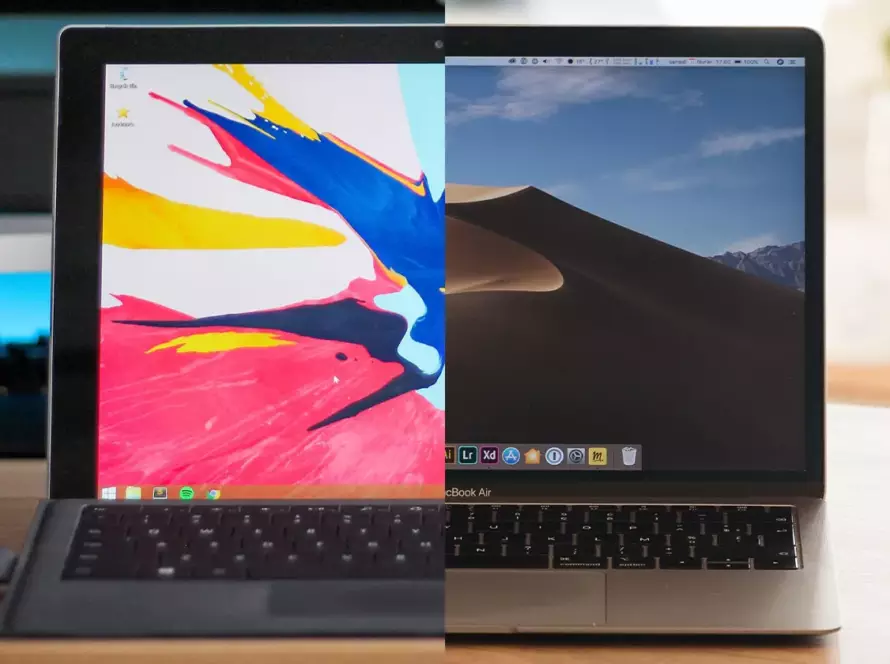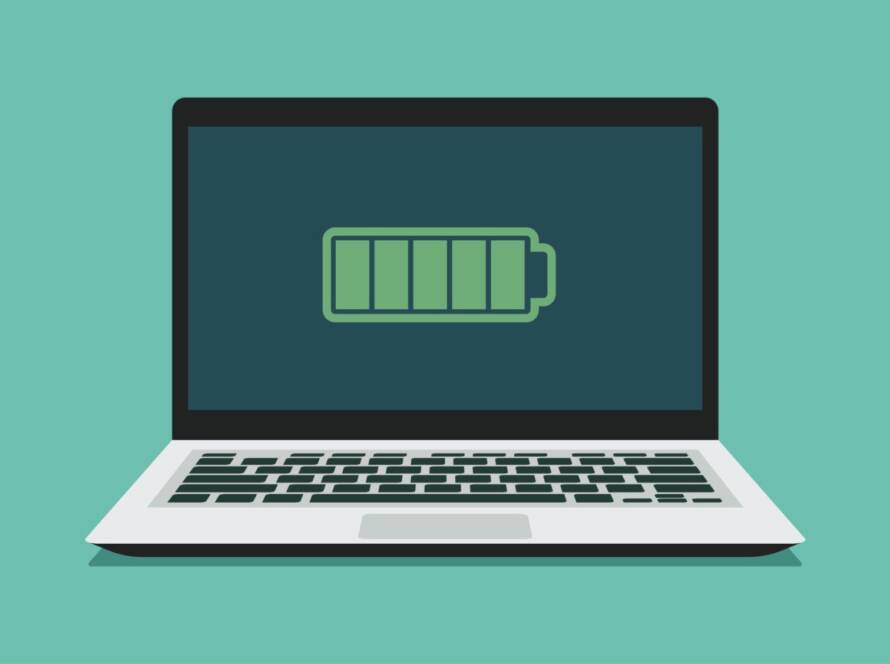In this digital age, our smartphones and tablets have become central to our lives. Whether it’s streaming movies, sharing family photos, or playing games, these devices offer a world of entertainment and information at our fingertips. However, sometimes, a larger-than-life experience is called for. That’s where connecting your iPhone or iPad to your TV comes in. In this blog post, we’ll guide you through the various methods and technologies available to enjoy big-screen viewing from your Apple devices.
Why Connect Your iPhone or iPad to Your TV?
Before we dive into the “how,” let’s explore the “why.” There are several compelling reasons to connect your iOS device to your television:
1. Enhanced Visuals
Enjoying content on a big screen provides a more immersive and cinematic experience, whether you’re streaming a movie, playing games, or giving a presentation.
2. Family and Friends
Share your favorite photos and videos with family and friends during gatherings, holidays, or special occasions.
3. Productivity
Use your TV as a second monitor for your iPad, which can be incredibly useful for tasks like presentations, video conferencing, or creative work.
4. Gaming
Transform your TV into a gaming console by mirroring your iPhone or iPad’s screen. Play games with friends and family for a fun multiplayer experience.
Methods to Connect Your iOS Device to Your TV
Now that you’re excited about the possibilities, let’s explore the different methods to connect your iPhone or iPad to your TV:
1. HDMI Cable
This is one of the most straightforward and reliable methods. You’ll need an HDMI cable and an adapter compatible with your iOS device (Lightning to HDMI or USB-C to HDMI). Here’s how to do it:
a. Connect one end of the HDMI cable to your TV’s HDMI port.
b. Connect the other end of the HDMI cable to your iOS device using the appropriate adapter.
c. Select the HDMI input on your TV, and your iOS device’s screen will appear on the TV.
d. Enjoy big-screen viewing!
2. Apple TV
If you want a wireless solution with added benefits like AirPlay, consider using an Apple TV. Here’s how:
a. Ensure your Apple TV and iOS device are on the same Wi-Fi network.
b. Swipe down from the upper right corner of your iOS device to open the Control Center.
c. Tap “Screen Mirroring” and select your Apple TV from the list.
d. Your iOS device’s screen will now be mirrored on your TV.
e. You can also use AirPlay to stream content from apps that support it.
3. Chromecast
Google Chromecast is a cost-effective option for streaming content from your iOS device to your TV. Here’s how to set it up:
a. Plug the Chromecast device into your TV’s HDMI port.
b. Download the Google Home app on your iOS device.
c. Follow the setup instructions in the app to connect your iOS device to the Chromecast.
d. Open a compatible app (e.g., YouTube, Netflix) and tap the Cast icon to send content to your TV.
e. Voilà! Your content will now appear on the big screen.
4. Smart TVs with AirPlay
Many modern smart TVs come with built-in support for AirPlay. This means you can directly mirror your iOS device’s screen or stream content to the TV without the need for additional hardware. Simply:
a. Ensure your iOS device and smart TV are connected to the same Wi-Fi network.
b. Open the Control Center on your iOS device and tap “Screen Mirroring.”
c. Select your smart TV from the list, and your iOS screen will be mirrored.
Conclusion
Connecting your iPhone or iPad to your TV opens up a world of possibilities for entertainment, productivity, and sharing. Whether you choose a wired solution with an HDMI cable or opt for a wireless setup with Apple TV or Chromecast, you can enjoy a bigger, better, and more immersive viewing experience. So, grab your popcorn, gather your friends and family, and start enjoying big-screen entertainment today!




1 Comment
Abdulshakur
Thanks for the info